
Phaoniini is a tribe in the fly family Muscidae. It contains the largest Muscid genus Phaonia.

Phaonia angelicae is a species of fly which is widely distributed across the Palaearctic.
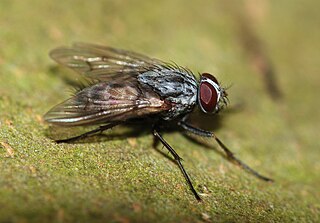
Phaonia cincta is a species of fly which is widely distribution across the Palaearctic.

Phaonia siebecki is a species of fly which is distributed across parts the Palaearctic.

Phaonia subventa is a species of fly which is distribution across parts the Palaearctic.

Phaonia scutellata is a species of fly which has a distribution across parts the Palaearctic.

Phaonia tuguriorum is a species of fly which is distributed across parts the Palaearctic.

Phaonia palpata is a species of fly which is distributed across parts of the Palaearctic.

Phaonia perdita is a species of fly which is distribution across parts the Palaearctic.

Phaonia atriceps is a species of fly which is widely distribution across the Palaearctic.

Hydrotaea dentipes is a fly from the family Muscidae. Its larvae have been found in the dung of rabbits, pigs, cows, horses, chickens and humans. It is found in the Palearctic.

Lispocephala brachialis is a fly from the family Muscidae.

Lispocephala alma is a fly from the family Muscidae.
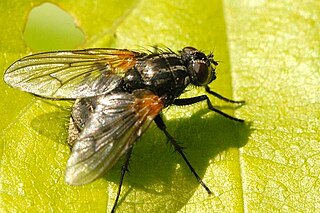
Phaonia consobrina is a species of fly which is widely distributed across the Palaearctic.
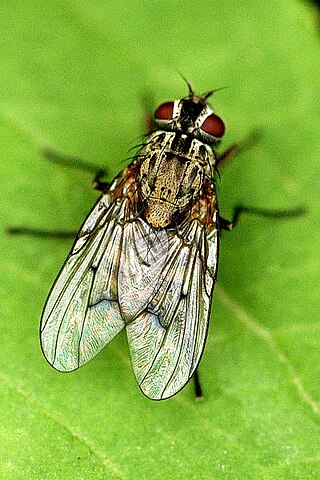
Phaonia fuscata is a species of fly which is widely distribution across the Palaearctic.

Hydrotaea diabolus is a fly of the family Muscidae. Its larvae have been found in pig, cow and horse manure. It is found in the Palearctic.

Phaonia errans is a fly from the family Muscidae. It is found in the Palearctic.
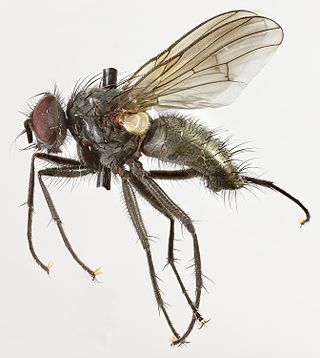
Phaonia halterata is a fly from the family Muscidae. It is found in the Palearctic.

Phaonia incana is a fly from the family Muscidae. It is found in the Palearctic.
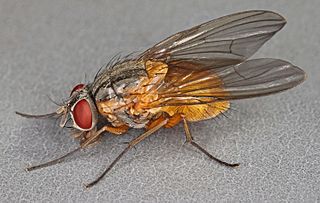
Phaonia rufiventris is a fly from the family Muscidae. It is found in the Palearctic.




















